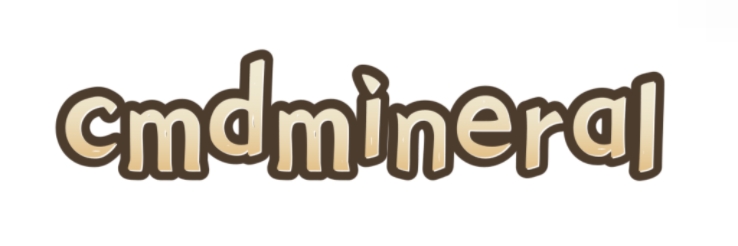Woven Gabion vs. Traditional Gabion: Which Is Better?
When it comes to landscaping, retaining walls, and erosion control, choosing the right materials is critical. Two popular options on the market are woven gabions and traditional gabions. Both serve distinct purposes but differ significantly in design, aesthetics, and functionality. This article delves into the nuances of woven gabions and traditional gabions, helping you make an informed decision based on your specific needs.
Want more information on Woven Gabion? Feel free to contact us.
Understanding Gabions
Before diving into the differences, it's essential to grasp what gabions are. Gabions, derived from the Italian word "gabbione" meaning "big cage," are wire mesh cages filled with rocks, soil, or other materials. They have gained popularity for their versatility in construction and landscaping projects. However, the design and materials used can vary widely, leading to the emergence of woven gabion structures.
What Are Woven Gabions?
Woven gabions are a relatively modern interpretation of traditional gabions. Made from heavy-duty fabric that delivers flexibility and strength, these structures are typically filled with natural materials like stones or gravel. The fabric creates a unique mesh-like effect, allowing for excellent drainage while maintaining shape and stability. The aesthetic appeal of woven gabions makes them ideal for contemporary landscapes, providing a blend of functionality and style.
Advantages of Woven Gabions
Flexibility and Adaptability: The unique design of woven gabions allows them to adapt to various shapes and contours. This feature is advantageous when constructing structures on uneven terrain or creating artistic designs.
Enhanced Drainage: The fabric used in woven gabions promotes water flow, preventing issues related to water buildup. This reduces the risk of damage to the structure and the surrounding landscape.
Visual Appeal: Woven gabions can be visually stunning. They provide a modern aesthetic that can enhance the overall look of your outdoor space, making them a popular choice among landscape designers.
Reduced Weight: Compared to traditional gabion units, woven alternatives are lighter and easier to handle. This can significantly reduce labor costs during installation.
If you are looking for more details, kindly visit Yubang.
Additional reading:
Is Monel Wire Mesh Worth the Investment?
What Are Traditional Gabions?
Traditional gabions consist of rigid wire mesh cages that hold together a filling of stone or other aggregates. These structures are known for their durability and strength, making them an excellent choice for various engineering projects.
Advantages of Traditional Gabions
Robustness: Traditional gabions are incredibly sturdy. Their design effectively withstands heavy loads, making them ideal for use in high-stress applications like riverbank protection or road construction.
Long Lifespan: The materials used in traditional gabions are often galvanized or treated to resist corrosion. This longevity makes them a wise investment, especially in harsh environments.
Cost-Effectiveness: While the initial installation might require a bit more labor than woven alternatives, traditional gabions often prove more economical over time due to their durability and low maintenance requirements.
Woven Gabion vs. Traditional Gabion: A Comparative Overview
| Feature | Woven Gabions | Traditional Gabions |
|---|---|---|
| Design | Flexible and adaptable | Rigid and structured |
| Material | Heavy-duty fabric | Galvanized wire mesh |
| Drainage | Excellent drainage properties | Standard drainage |
| Visual Appeal | Modern aesthetic | Industrial appearance |
| Weight | Lightweight | Heavier and more cumbersome |
| Cost | Potentially higher upfront costs | Often lower due to durability |
Which Is Better?
The answer to this question largely depends on your specific project requirements. If you prioritize aesthetics and flexibility, woven gabions may be the better choice. They are particularly suitable for landscape designs that require a modern touch.
On the other hand, if you're working on a project that demands robustness and durability, traditional gabions are often the way to go. Their ability to withstand harsh conditions makes them a reliable option for those high-stress environments.
Conclusion
In summary, both woven gabions and traditional gabions offer unique advantages, catering to different needs and preferences. By understanding their characteristics, you can make an educated choice that aligns with your project goals. Whether you opt for the modern aesthetic of woven gabions or the durable reliability of traditional options, each method has the potential to enhance your outdoor space effectively.
Yubang contains other products and information you need, so please check it out.

